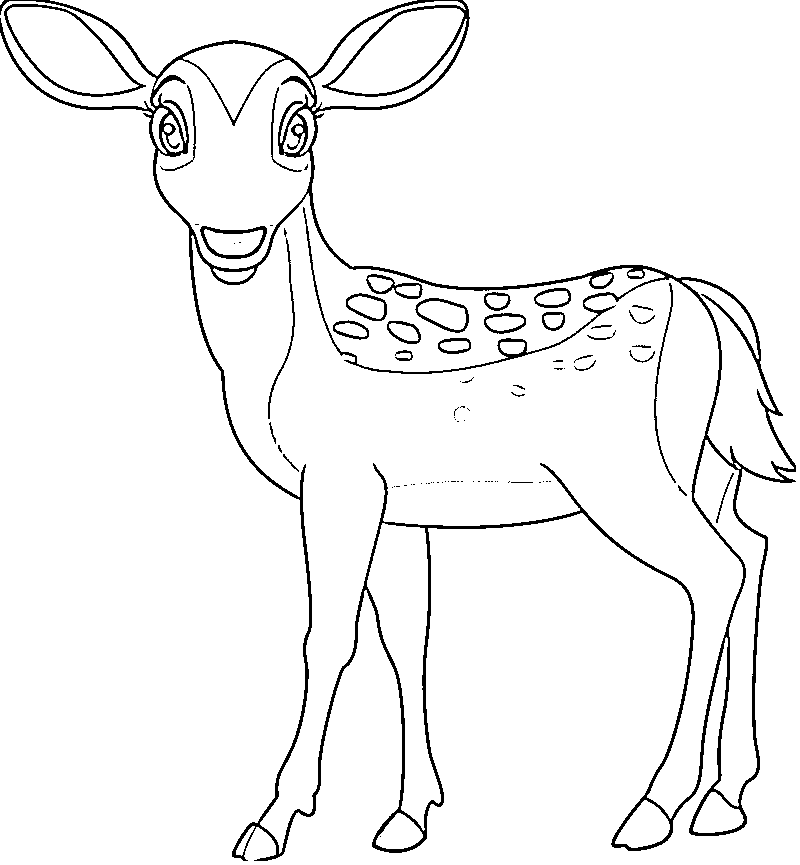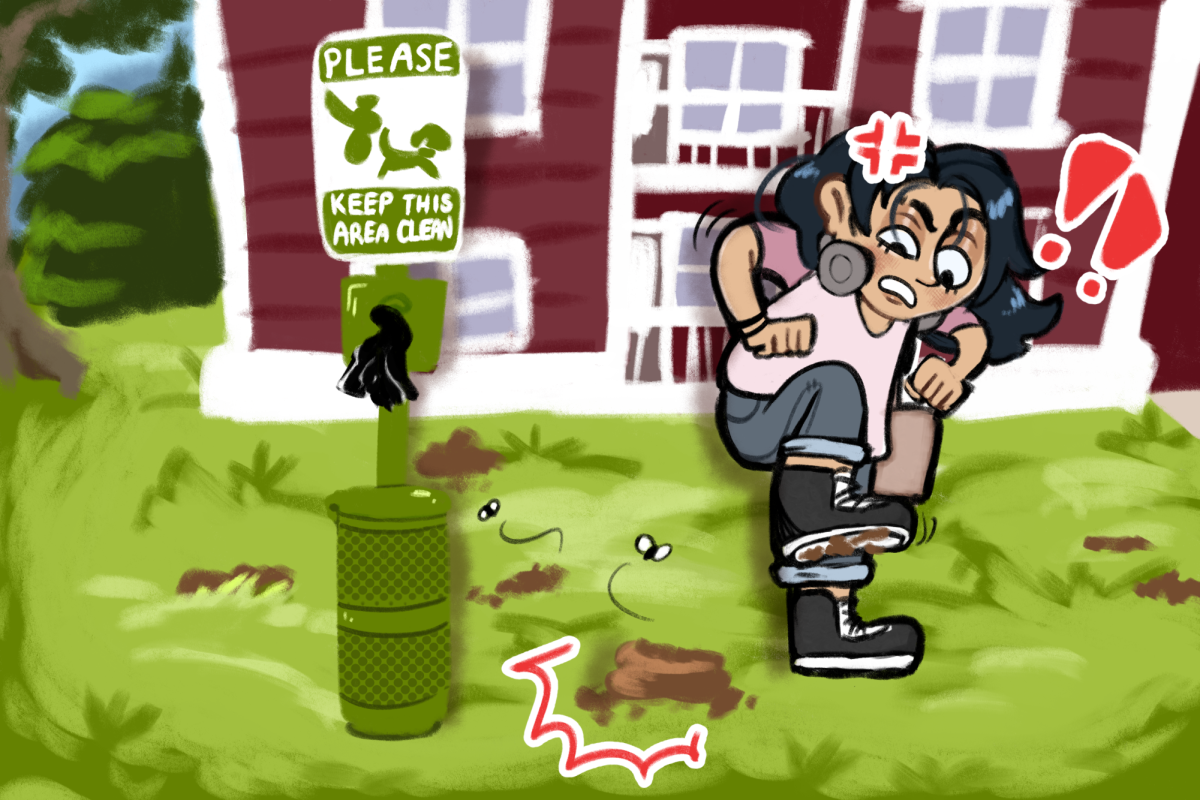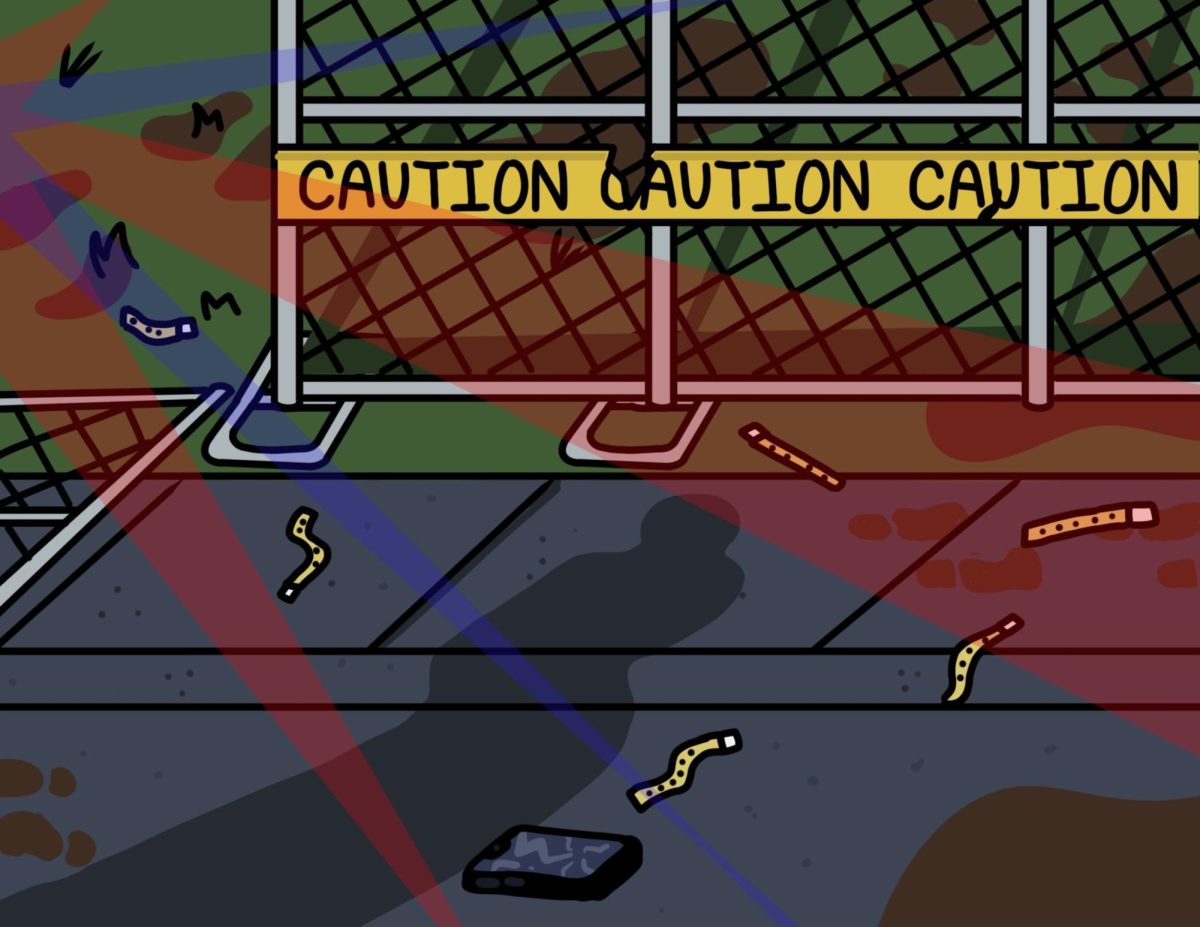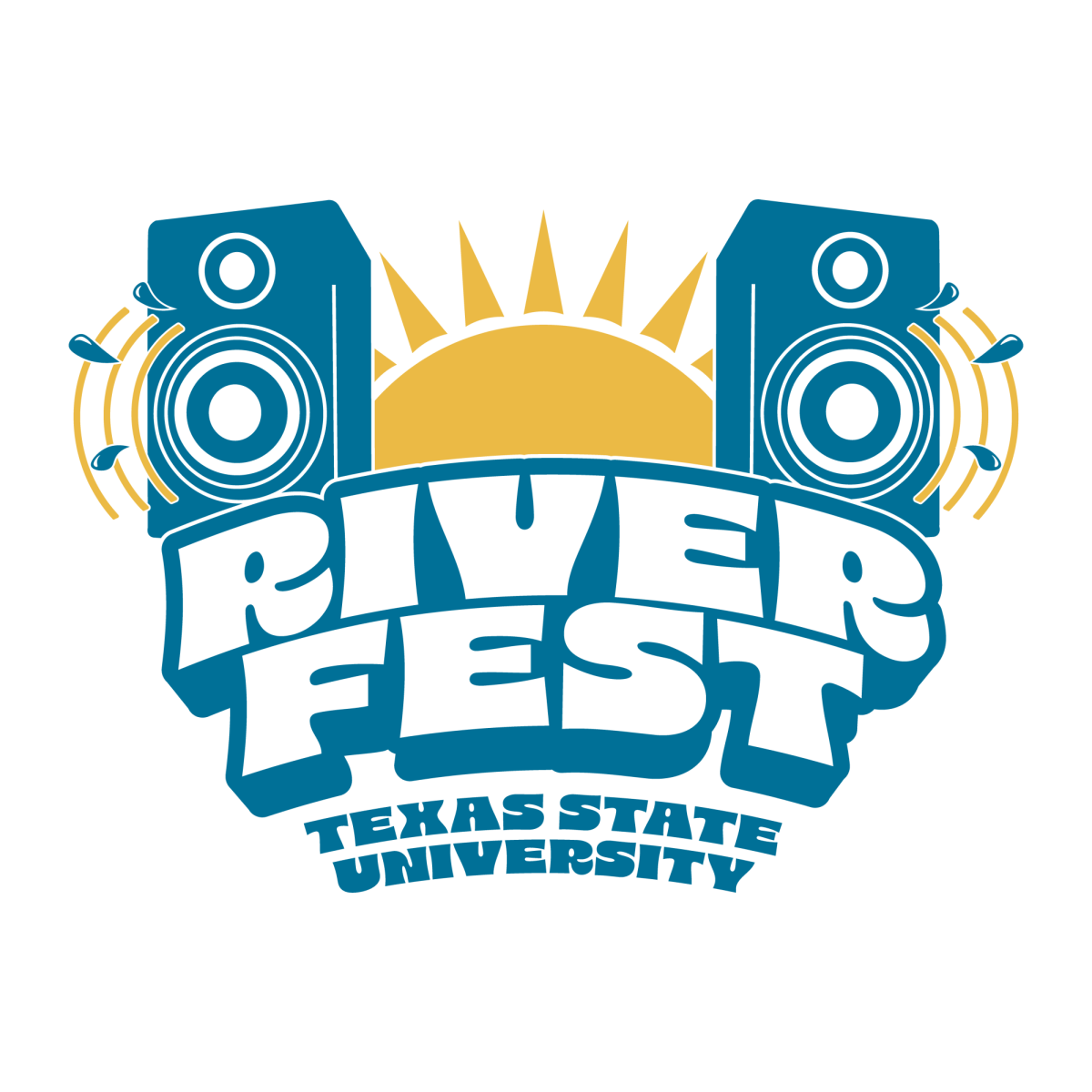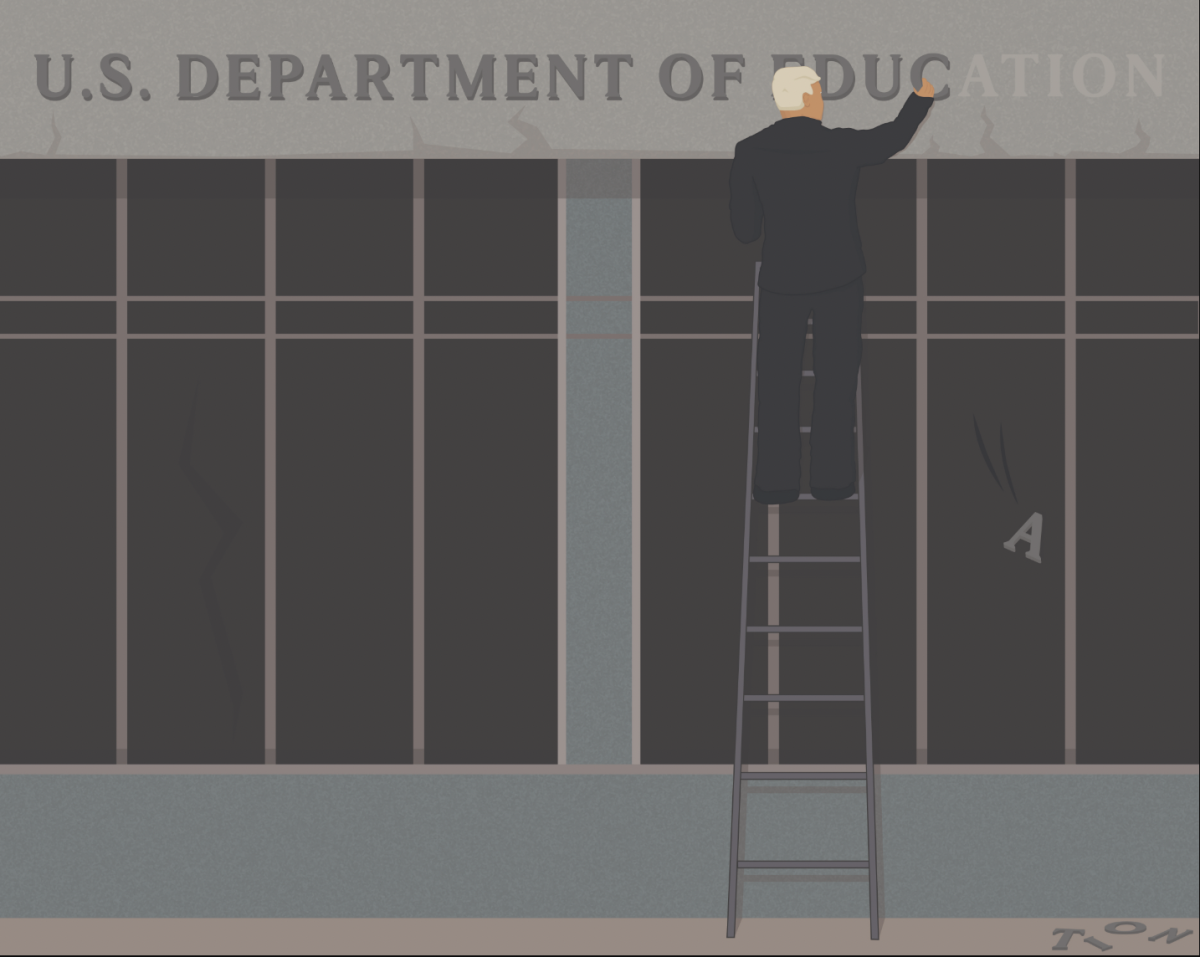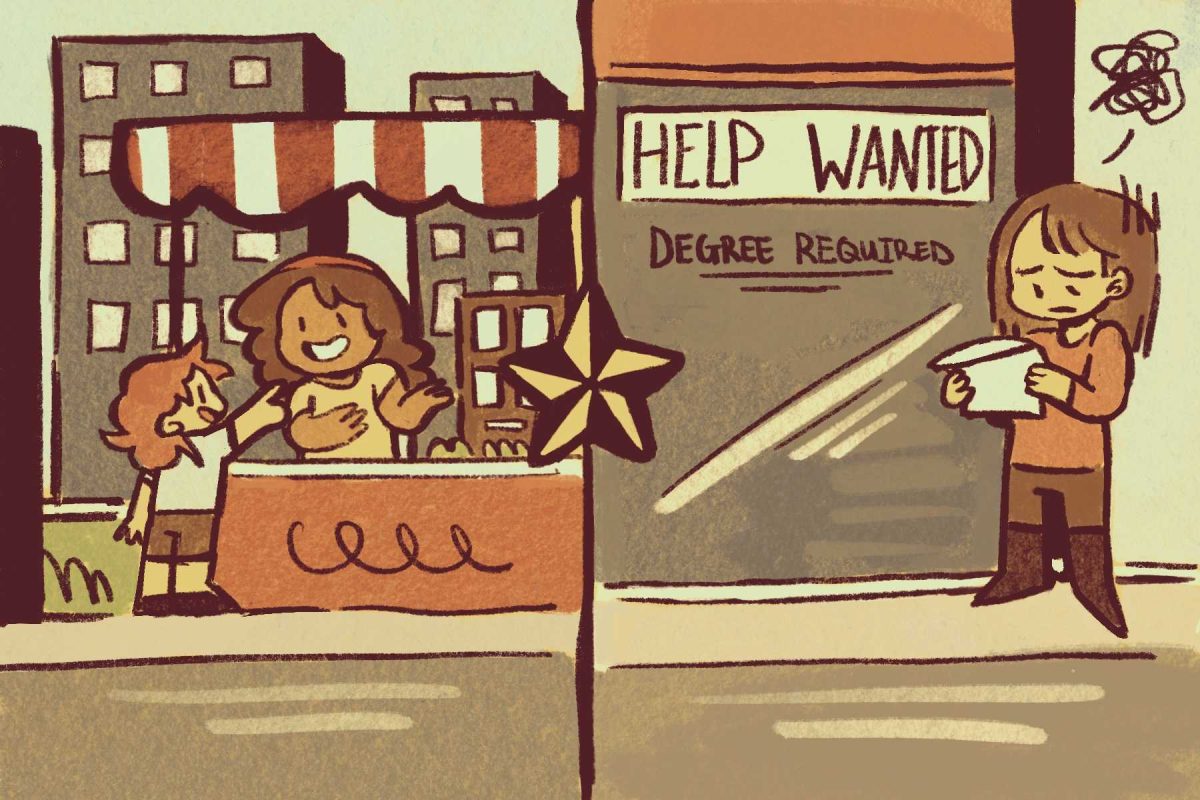In New Braunfels, just down the road from San Marcos, a contentious city ordinance has been proposed. Its goals are to reduce the number of deer hit by cars, lower the levels of coliform bacteria in city waterways and decrease the spread of wildlife diseases, both between wild and domestic animals.
The legislation is also sparking an incredible amount of controversy in the surrounding community. New Braunfels residents have warned local officials to keep their regulations out of their private habits, and that the ordinance would mess with what the city’s parks are known for, which would slap fines on people caught feeding certain wildlife, including deer, ducks and geese.
Although many people enjoy going out to parks or even into their own yards to feed wildlife, this practice is bad for everyone involved. While it may be fun to feed and see wild animals up close, bringing deer into residential areas and public parks can be very dangerous.
In New Braunfels, there were 528 deer collisions in 2017 alone—keep in mind that these are only the collisions reported to car insurance—and drivers in town are twice as likely as the average Texan to hit a deer. Not only does this kill and injure deer, but it costs an average of $4,179 per deer collision-related insurance claim, according to State Farm. When deer have reliable food sources in an area in which they would not normally find food—like a subdivision or public park—they move into a much higher-risk area for vehicle collision.
Deer are also harmed by the foods people give them. For hundreds of years, deer have survived eating what they find in the wild. They adapted to eat young leaves and certain weeds, not the high-carbohydrate commercial feeds commonly given to them in the average suburban front yard. They have sensitive, highly specialized digestive systems that change from season to season to accommodate changes in food availability.
Deer can actually die of starvation in winter with stomachs full of corn and commercial deer feeds that they are unable to digest. When their diet switches from a natural one to human-provided carbohydrate-rich corn, deer can suffer from acidosis, which kills them after a spell of diarrhea and dehydration. The deer people think they are helping survive the winter are actually dying of malnutrition, when they would have survived otherwise on the browsing diet—like acorns and leaves—they normally eat.
Similarly, waterfowl both wild and domestic can experience painful health problems from consuming human-given food. Diets high in calories and low on essential nutrients—like the bread, crackers, popcorn and even potato chips people like to hand out at parks—leave waterfowl flightless due to a deformity called angel wing. This twists the last joint of the wing away form the bird’s body and can stunt the growth of the flight feathers. The high-calorie food can also cause booms in populations as more birds arrive in an area with plentiful food and reproduce, and where there are a lot of birds, there is a lot of feces.
Sixty percent of the fecal coliform bacteria in two of New Braunfels’ waterways comes from wildlife. Total bacterial levels in these waterways have risen drastically within the past decade as wildlife feeding enables massive population growth. Ducks can carry avian influenza, or bird flu, without showing any of its symptoms. As those ducks’ feces comes into contact with other, usually migratory birds, avian influenza can spread rapidly over a large area, even to domestic poultry flocks.
Most park waterfowl aren’t even native—like the Egyptian Geese commonly seen around San Marcos’ Sewell Park—but sustain large populations due to wildlife feeding. By making feeding these birds a punishable offense, cities like New Braunfels and San Marcos can preserve local native wildlife by preventing overpopulation of non-native species and reducing the spread of disease.
Rather than be wary of similar legislation due to public outcry, San Marcos should follow in New Braunfels’ footsteps in advancing a city ordinance introducing fines for wildlife feeding. Arguing against such a measure simply because feeding wildlife is fun does not change the fact that stopping this practice would enhance the health and safety of both people and animals throughout the city.
When one simple regulation can save a city’s residents a great deal of money while preventing unnecessary wildlife deaths, that regulation must be passed.
– Toni Mac Crossan is a biology senior
Categories:
San Marcos should ban wildlife feeding
September 11, 2018
Rather than be wary of similar legislation due to public outcry, San Marcos should follow in New Braunfels’ footsteps in advancing a city ordinance introducing fines for wildlife feeding.
Photo Courtesy of Cameron Hubbard
0
Donate to The University Star
Your donation will support the student journalists of Texas State University. Your contribution will allow us to purchase equipment and cover our annual website hosting costs.
More to Discover



